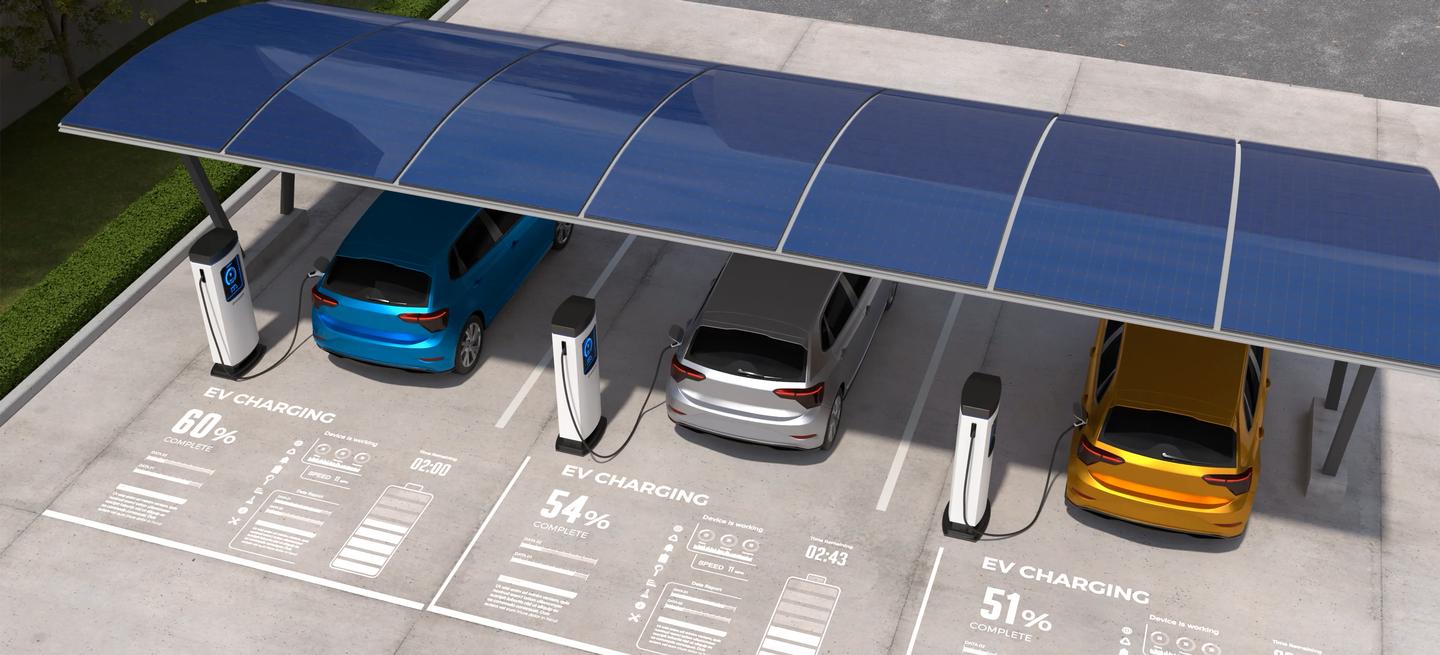7 Practical Tips for Choosing the Right EV Fleet Charging Station

Fleet electrification: a strategic choice
Electrifying commercial vehicle fleets is no longer optional—it’s becoming essential. Lower operating costs, reduced carbon footprint, regulatory compliance, and improved employer branding: the benefits are significant.
But to succeed in this transition, one key factor must not be overlooked: choosing the right charging station for your fleet. Here are 7 practical tips to help you select the EV charging solution best suited to your business.
1. Define your operational needs
Before choosing a charging station for your fleet, ask yourself:
- How often are my vehicles in use?
- What is an acceptable charging time?
- How many vehicles need to be charged simultaneously?
- What are the fleet’s work schedules and cycles?
- What are the top operational priorities?
Answering these questions will help you choose the commercial charging solution that best aligns with your fleet’s needs and your operational objectives.
2. Choose the right charging power
Every vehicle has a maximum charging capacity. Oversizing your infrastructure is unnecessary. Depending on kWh consumption and available charging time, your choice becomes clearer:
- Level 2 charger (7 to 19.2 kW): generally sufficient for fleets where vehicles are parked overnight or between shifts.
- DC fast charger: ideal for medium- to large-capacity batteries and quick turnaround needs, but may be excessive for standard use cases.
3. Simplify installation with ready-to-deploy solutions
To speed up deployment and reduce unexpected costs, consider Ready-to-Install Infrastructure. Bectrol manufactures these solutions, available through our authorized distributor, Lumen.
- Pre-assembled in the factory on concrete pads, they include chargers (Level 2 and DC fast), a switchboard distribution cabinet, and a transformer.
- Delivered fully preconfigured, they reduce costs and delays while enabling year-round deployment.
This turnkey approach streamlines EV charger installation for businesses and maximizes return on investment.
4. Invest in smart energy management
Commercial EV chargers with smart management software help you:
- Schedule charging sessions,
- Reduce energy costs,
- Avoid peak demand charges.
This is a must-have to optimize charging expenses for your electric fleet.
5. Prioritize durability and reliability
In Canada, weather conditions can be extreme. Choose charging stations that are robust, certified, and resistant to:
- Harsh temperatures,
- Weather conditions,
- Even vandalism.
Reliable equipment built for your climate ensures maximum fleet uptime.
6. Focus on connectivity and monitoring
Connected commercial chargers offer essential features such as:
- Real-time monitoring,
- Access control (employees, visitors, clients),
- Automated energy cost tracking,
- Integration with fleet management tools.
These features simplify operations and give you clear visibility over charging costs.
7. Take advantage of grants and incentives
Numerous financial incentives are available to support fleet electrification.
- They reduce upfront investment,
- Plan ahead to maximize federal and provincial funding opportunities.
Conclusion
Choosing the right charging station and infrastructure for your fleet is more than just an equipment decision—it’s a strategic investment. By selecting reliable, connected chargers tailored to your needs, you’ll maximize fleet uptime, simplify operations, and reduce energy costs, while securing your long-term investment.
With proper planning and the support of experienced partners, your business can accelerate the energy transition, contribute to modernizing commercial transport, and ensure a safe, efficient rollout.
 Skip site navigation
Skip site navigation